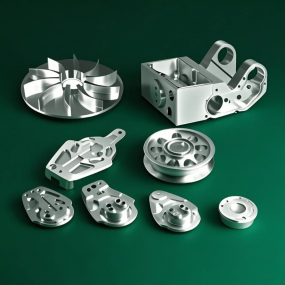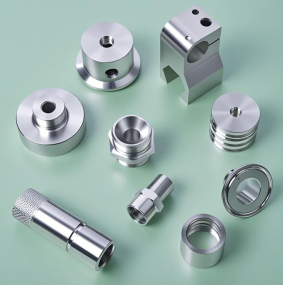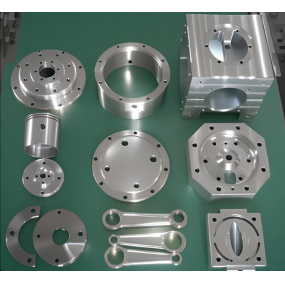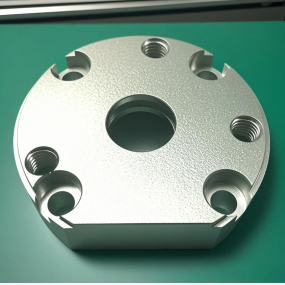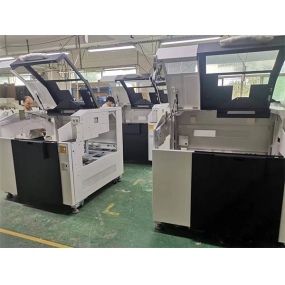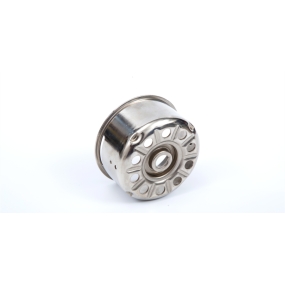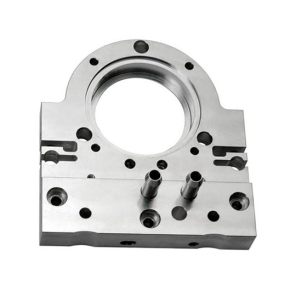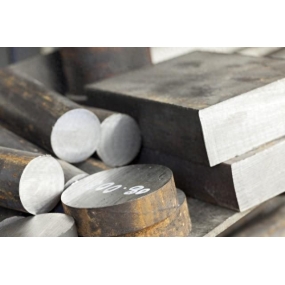Traditional machining methods (general machining) are the same as precision and ultra-precision parts processing methods. With the adoption of new technologies, new processes, new equipment, and new testing techniques and instruments, the machining accuracy is constantly improving.
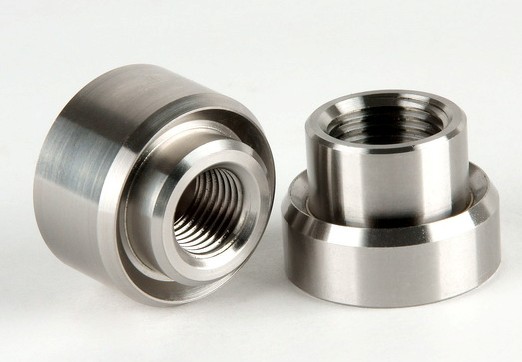 The continuous improvement of the machining accuracy of precision parts in Shenzhen reflects the development trend that the level of material segmentation in machining workpieces is constantly advancing from the macro to the micro world. With the progress of time, the machining accuracy that was originally thought to be difficult to achieve will become relatively easy. Therefore, ordinary machining, precision machining and ultra-precision machining are just a relative concept? The boundaries between them are constantly changing over time. The typical representative of precision cutting and ultra-precision machining is diamond cutting.
The continuous improvement of the machining accuracy of precision parts in Shenzhen reflects the development trend that the level of material segmentation in machining workpieces is constantly advancing from the macro to the micro world. With the progress of time, the machining accuracy that was originally thought to be difficult to achieve will become relatively easy. Therefore, ordinary machining, precision machining and ultra-precision machining are just a relative concept? The boundaries between them are constantly changing over time. The typical representative of precision cutting and ultra-precision machining is diamond cutting.
Take diamond cutting as an example. The arc radius of the cutting edge has been developing in a smaller direction. Because its size directly affects the roughness of the machined surface and is directly related to the reflectivity of the optical mirror surface, the reflectivity requirements of instruments and equipment are getting higher and higher. For example, the reflectivity of the laser gyro mirror has been proposed to reach 99.99%, which necessarily requires the diamond tool to be sharper. In order to carry out the extremely thin cutting test, the goal is to achieve the chip thickness nm, and the arc radius of the tool edge should approach 2.4nm. In order to achieve this height, the traditional structure of the diamond grinder has been changed. The spindle bearing is supported by an air bearing, and the end face runout of the grinding disc can be corrected on the machine tool, so that the end face runout is controlled below 0.5μm.
In terms of cutting tools, diamond grinding wheels are used to control the amount of back-feeding and feed. On the ultra-precision grinding machine, ductility grinding can be carried out, that is, nano-grinding. Even the surface of glass can be obtained with optical mirrors. The Development Trend of Precision Parts Machining and Ultra-Precision Machining From a long-term development perspective, manufacturing technology is the main direction and strategic decision for the development of the national economy in countries around the world. It is one of the important means for a country‘s economic development. At the same time, it is a long-term plan for a country to be independent, prosperous, economically sustainable and stable, and technologically advanced. The development of science and technology has also put forward higher requirements for precision machining and ultra-precision machining technology. From large to the lens of celestial telescopes, small to large-scale integrated circuits with a line width of μm, the micro-nano size parts of micro-engineering and micro-machinery are required. Regardless of the size, the highest dimensional accuracy is close to nano; the shape of the parts is also becoming increasingly complex, and various aspherical surfaces are now very typical geometric shapes. Micro-mechanical technology has attracted a new trend for ultra-precision manufacturing technology? Its fineness has made traditional manufacturing technology face a new challenge and promoted the improvement of the technical performance of various products. The development process shows a spiral cycle of development, which directly contributes to the progress of science and technology and human civilization. The pursuit of high quality, miniaturization, high reliability and high performance of products has enabled the rapid development of ultra-precision machining technology, which has now become an important part of the modern manufacturing industry.


 Spanish
Spanish Arabic
Arabic French
French Portuguese
Portuguese Belarusian
Belarusian Japanese
Japanese Russian
Russian Malay
Malay Icelandic
Icelandic Bulgarian
Bulgarian Azerbaijani
Azerbaijani Estonian
Estonian Irish
Irish Polish
Polish Persian
Persian Boolean
Boolean Danish
Danish German
German Filipino
Filipino Finnish
Finnish Korean
Korean Dutch
Dutch Galician
Galician Catalan
Catalan Czech
Czech Croatian
Croatian Latin
Latin Latvian
Latvian Romanian
Romanian Maltese
Maltese Macedonian
Macedonian Norwegian
Norwegian Swedish
Swedish Serbian
Serbian Slovak
Slovak Slovenian
Slovenian Swahili
Swahili Thai
Thai Turkish
Turkish Welsh
Welsh Urdu
Urdu Ukrainian
Ukrainian Greek
Greek Hungarian
Hungarian Italian
Italian Yiddish
Yiddish Indonesian
Indonesian Vietnamese
Vietnamese Haitian Creole
Haitian Creole Spanish Basque
Spanish Basque

